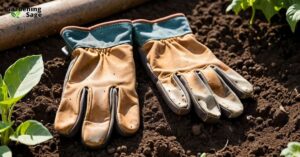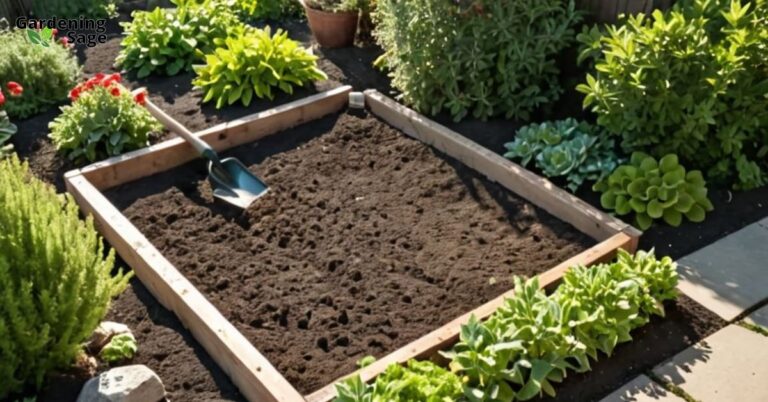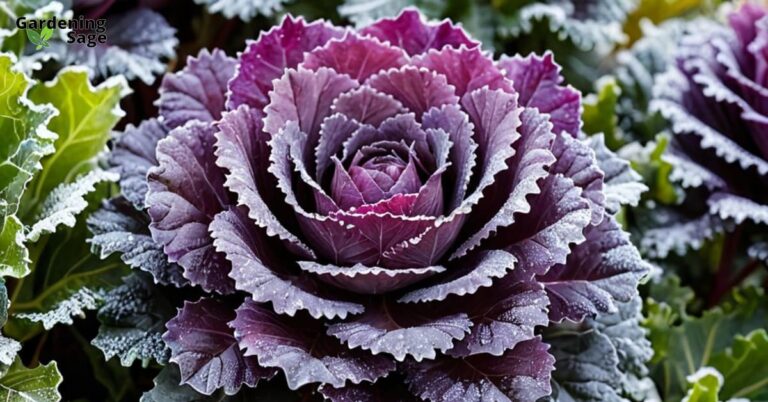The Delights of Vegetable Gardening
Vegetable gardening is a rewarding journey, offering more than just fresh produce; it provides a sense of accomplishment, relaxation, and a deeper connection with nature. Whether you’re a novice or an experienced green thumb, the process of growing vegetables from seeds to a full-fledged feast is an exciting adventure.
This guide will unveil the secrets of vegetable gardening, from initial planting to the joyous moment of harvesting your bounty.
The Magic Begins: Starting with Seeds
- Choosing the Right Seeds: The first step in your vegetable gardening journey is selecting the right seeds. Research the vegetables that thrive in your climate and soil conditions. Opt for organic, non-GMO seeds for healthier produce and a more eco-friendly garden.
- Sowing Seeds Indoors: Starting seeds indoors gives your vegetables a head start, especially in regions with shorter growing seasons. Use seed trays with quality potting mix and ensure they receive adequate light and warmth. Monitor moisture levels carefully – the soil should be moist, not soggy.
Transplanting Seedlings: Taking Care in the Transition
- Hardening Off Seedlings: Before transplanting, your seedlings need to acclimate to outdoor conditions. This process, known as hardening off, involves gradually exposing seedlings to the outside environment over a week or two.
- Transplanting Tips: Choose a cloudy day or late afternoon for transplanting to reduce stress on the plants. Ensure the soil is moist and rich in organic matter. When transplanting, handle the delicate roots with care and give each plant enough space to grow.
The Growing Phase: Nurturing Your Plants
- Watering Wisely: Vegetables need regular watering. The key is deep, infrequent watering rather than shallow, frequent splashes. This approach encourages deeper root growth.
- Mulching and Weeding: Mulch your vegetable garden to retain moisture, regulate soil temperature, and suppress weeds. Regular weeding is essential to prevent competition for nutrients.
- Pest and Disease Management: Monitor your plants for signs of pests or diseases. Use organic pest control methods wherever possible to keep your garden eco-friendly.
The Art of Fertilization: Feeding Your Garden
- Understanding Fertilizers: Vegetables require different nutrients at various stages of growth. Use a balanced organic fertilizer to provide essential nutrients. Composting is an excellent way to enrich your soil naturally.
The Excitement of Harvesting: Reaping What You Sow
- Knowing When to Harvest: Each vegetable has its signs of readiness. For instance, lettuce leaves should be picked when they’re tender and before they bolt, while tomatoes are best harvested when they’re brightly colored and slightly soft to the touch.
- Harvesting Techniques: Use the right technique for each vegetable to avoid damaging the plant. For leafy greens, snip leaves from the outside, allowing the plant to continue producing.
Beyond the Harvest: Enjoying Your Feast
- Storage and Preservation: Store your harvested vegetables properly to extend their shelf life. Some vegetables like potatoes need curing, while others like leafy greens are best kept in the refrigerator.
- Creative Cooking: Now comes the best part – using your fresh produce in the kitchen. Experiment with recipes and enjoy the fresh, vibrant flavors of your homegrown vegetables.
A Fulfilling Cycle
Vegetable gardening is more than just a hobby; it’s a sustainable way to produce fresh, healthy food. The journey from seed to feast is filled with learning, challenges, and immense gratification.
As you tend your garden, you grow alongside it, gaining a deeper appreciation for the wonders of nature and the satisfaction of self-sufficiency.














